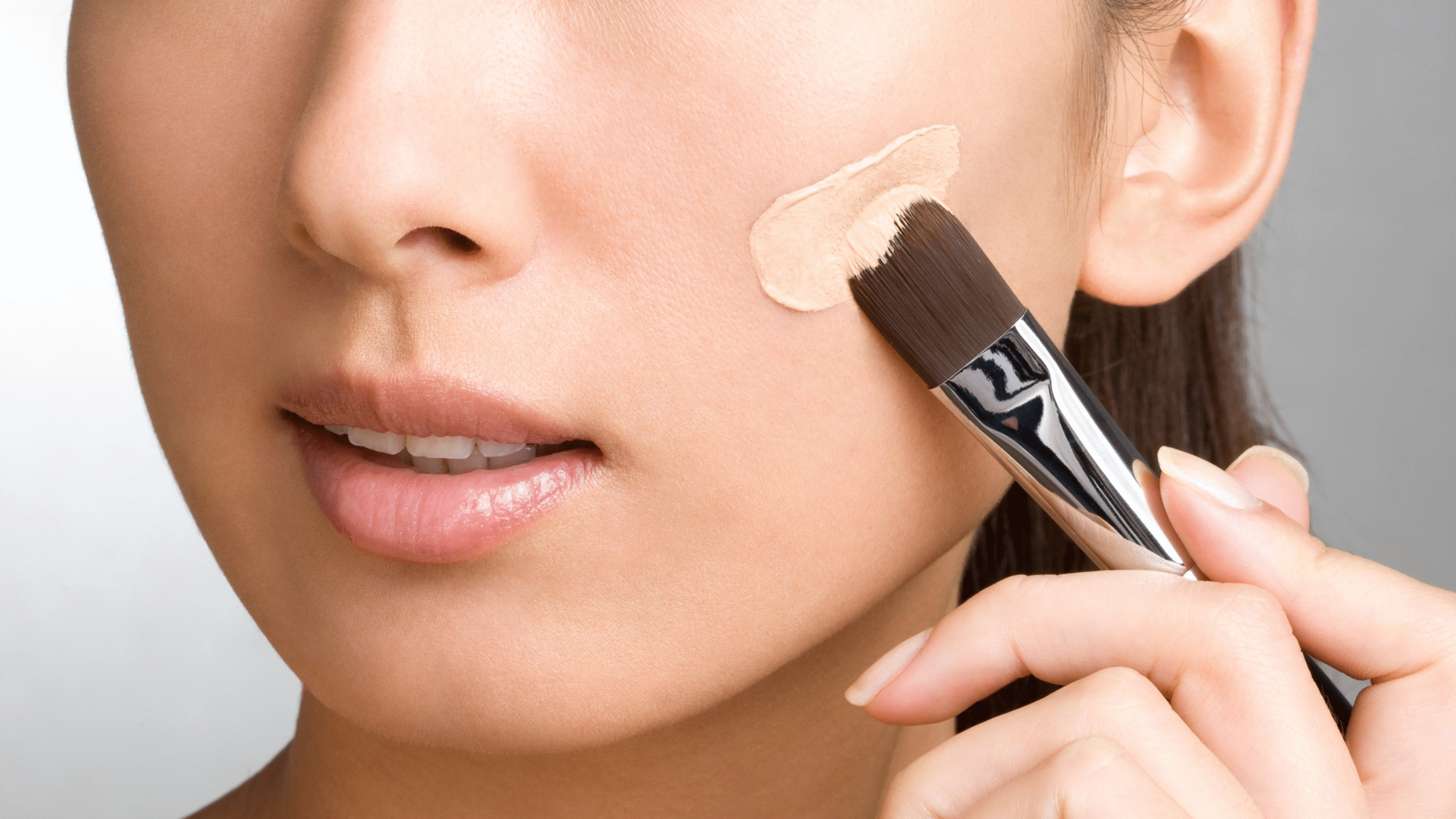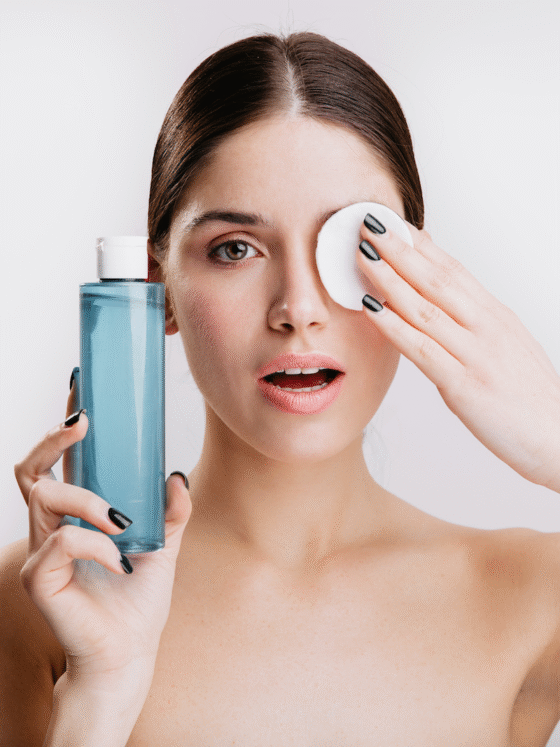How to Choose the Right Foundation: A Complete Guide

When it comes to makeup, foundation is like the base of a house—it’s what holds everything together. The wrong foundation can make your skin look patchy, too oily, too dry, or even change your natural skin tone in a way that looks unnatural. On the other hand, the right foundation can give you that flawless, “your-skin-but-better” look.
Choosing the perfect foundation can feel overwhelming, especially with so many formulas, shades, and finishes available. But don’t worry—this guide will break down everything you need to know so you can confidently pick the right foundation for your skin type, tone, and lifestyle.
1. Understand Your Skin Type First
Before you even think about shade or coverage, you need to know your skin type. The right foundation should work with your skin, not against it.
Here’s how to figure it out:
| Skin Type | Signs | Best Foundation Type |
| Oily | Shiny T-zone, frequent breakouts, enlarged pores | Matte or oil-free foundations |
| Dry | Tightness, flakiness, dullness | Hydrating, creamy, or dewy finish foundations |
| Combination | Oily in T-zone, dry on cheeks | Semi-matte or satin finish |
| Sensitive | Redness, irritation, reacts to products | Fragrance-free, hypoallergenic formulas |
| Normal | Balanced, no extreme dryness or oiliness | Most formulas will work |
Tip: If you have oily skin, avoid overly dewy foundations as they can make you look shinier. If you have dry skin, steer clear of powder-heavy formulas that can emphasize flakiness.
2. Know Your Skin’s Undertone
Your undertone is the subtle hue beneath the surface of your skin that affects how colors look on you.
There are three main undertones:
- Cool: Pink, red, or bluish tones in the skin
- Warm: Yellow, golden, or peachy tones
- Neutral: A balance of warm and cool tones
How to check your undertone:
- Look at the veins on your wrist.
- Blue or purple veins → Cool undertone
- Greenish veins → Warm undertone
- A mix of both → Neutral undertone
- Blue or purple veins → Cool undertone
- Try holding up gold and silver jewelry. Gold usually looks better on warm tones, while silver flatters cool tones. Neutral undertones suit both.
Choosing a foundation that matches your undertone prevents your skin from looking ashy, too orange, or dull.
3. Choose the Right Formula
Different foundations serve different purposes. Picking the right formula is key to achieving the finish and wear you want.
Common Foundation Formulas:
- Liquid Foundation – Works for most skin types, easy to blend, comes in matte, dewy, and satin finishes.
- Cream Foundation – Rich and hydrating, ideal for dry or mature skin.
- Powder Foundation – Great for oily skin, offers a lightweight, matte finish.
- Stick Foundation – Portable and convenient, offers medium to full coverage.
- Serum/Tinted Moisturizer – Sheer coverage, great for natural everyday wear.
4. Decide on Coverage
Coverage is how much the foundation will conceal your natural skin.
- Sheer Coverage: Evens skin tone without hiding freckles or natural texture.
- Medium Coverage: Covers redness and blemishes while still looking natural.
- Full Coverage: Masks scars, pigmentation, and imperfections for a flawless finish.
If you want a versatile option, go for a buildable foundation—you can apply a light layer for daily wear and build it up for special occasions.
5. Pick the Right Shade
Foundation shades can be tricky because lighting in stores can be misleading.
Best way to test:
- Apply a small amount on your jawline (not your hand or wrist).
- Check the shade in natural daylight.
- The right shade should blend seamlessly into your neck without leaving a visible line.
If you’re between two shades, go slightly lighter—you can always warm it up with bronzer.
6. Think About the Finish
The finish determines how your skin looks after applying foundation.
- Matte Finish: No shine, great for oily skin or hot climates.
- Dewy Finish: Radiant and glowing, perfect for dry skin.
- Satin/Natural Finish: A balance between matte and dewy, works for most skin types.
7. Test Before You Buy
Whenever possible, test foundations before committing. Many stores offer samples or testers. Wear the foundation for a few hours to see how it holds up—sometimes a foundation can oxidize (turn darker) after mixing with your skin’s natural oils.
8. Consider the Season
Your skin tone and needs can change with the seasons:
- In summer, you may need a slightly deeper shade and a more matte, sweat-resistant formula.
- In winter, your skin might be drier, so go for a hydrating, cream-based foundation.
9. Don’t Forget Skin Prep
Even the best foundation will look bad if your skin isn’t prepped. Always:
- Cleanse your face to remove dirt and oil.
- Moisturize to keep skin hydrated.
- Prime if needed—mattifying primers for oily skin, hydrating primers for dry skin.
10. Application Matters
The way you apply foundation affects how it looks:
- Brush: Gives a polished, medium-to-full coverage look.
- Sponge: Offers a natural, blended finish.
- Fingers: Good for light coverage and warming the product into the skin.
Final Thoughts
Choosing the right foundation isn’t about following trends—it’s about finding what works for you. Consider your skin type, undertone, coverage needs, and lifestyle. When you find the perfect match, your foundation will enhance your natural beauty rather than mask it.
FAQs
1. Can I mix two foundations to get my perfect shade?
Yes! Many makeup artists mix shades to create a custom match, especially when skin tone changes with the seasons.
2. How can I make my foundation last longer?
Use a primer before applying foundation and set it with a translucent powder or setting spray.
3. Is it okay to wear foundation every day?
Yes, as long as you remove it properly at the end of the day and follow a good skincare routine.
4. What’s the best foundation for mature skin?
Hydrating, light-to-medium coverage foundations with a dewy or satin finish usually work best to avoid emphasizing fine lines.
5. How do I stop foundation from looking cakey?
Apply in thin layers, blend well, and avoid using too much powder—especially on dry areas.



